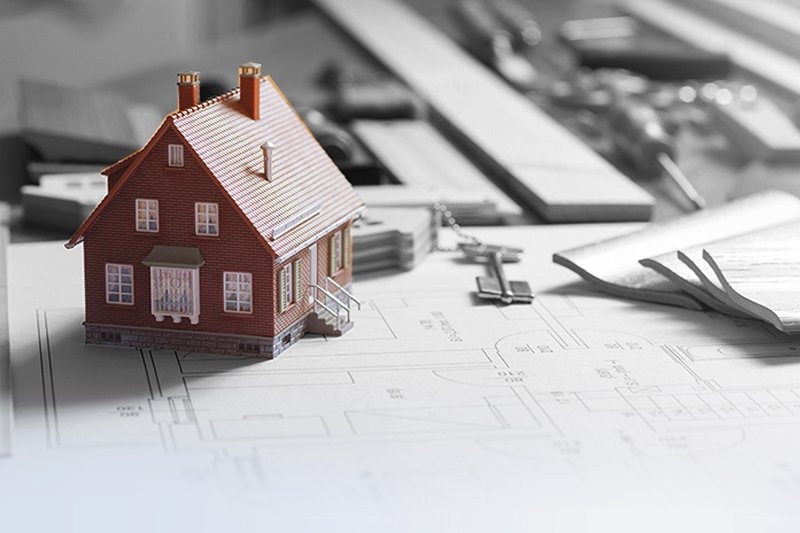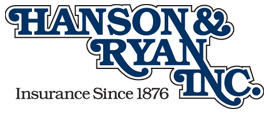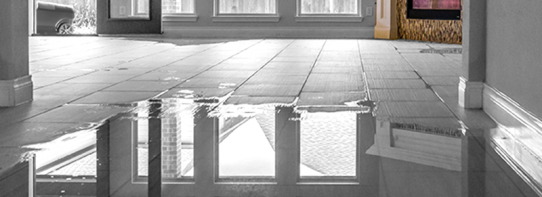Homeowner’s Insurance Guide for Beginners

You are ready to buy a house and it’s an exciting time. But navigating the homebuying process and all its many nuances can feel daunting, particularly for a first-time homebuyer. There are so many elements to weigh, like resale value, neighborhood, property taxes, school district—and, of course, insurance.
Homeowner’s insurance is one of the most important factors to consider when buying a house. Knowing what to look for can mean the difference between selecting a policy that offers the appropriate level of protection at a reasonable rate and one that may fail you down the line, costing you thousands.
Don’t’ fret—we’ve got you covered (pun intended). Below, we’ve answered some of the most pressing questions that plague new homeowners when it comes to selecting the right insurance policy. With a better understanding of the basics of homeowner’s insurance, you’ll be well on your way into your dream home.
What should I look for in a homeowner’s policy?
Your basic homeowner’s policy should cover destruction and damage to the inside and outside of your house, personal liability, loss or theft of possessions, and additional living expenses. However, every policy is different, so be sure to read yours carefully to understand exactly what is covered. Don’t make any assumptions; things you may believe are covered require additional insurance (e.g., flood, sewer backup, or construction needed to bring your home up to code).
What is the difference between property coverage and liability coverage?
Homeowner’s insurance policies are generally split into two sections: property and liability.
What is Property Insurance?
Property coverage offers protection to your home and belongings, including:
- Your dwelling, which includes your home and the structures attached to it
- Structures on your property that are detached from your home, such as a shed or detached garage
- Personal property, such as furniture, appliances, clothing, and toys
- Loss of use, which covers additional living expenses if you lose the use of your home
What is Liability Insurance?
Liability insurance covers you from damages resulting from accidents or events that hurt or damage a third party.
It includes two types of coverage:
- Personal liability, which provides coverage when you are legally liable for bodily injury or property damage to others. It also covers you from injury or damage caused by any relative living with you; also, legal expenses that result from a lawsuit. (e.g., your dog bites a neighbor)
- Medical payments to others, which covers medical bills of anyone injured on your property (e.g., a salesperson who trips over a rock on your property and incurs medical expenses as a result)
What does homeowner’s insurance cost?
There are many factors that ultimately determine your final number, such as age of the home, location, construction, hazards, safety features, deductible amounts, insurance score, and claims history just to name a few. A major factor in the premium is the amount the home is insured for (Dwelling Amount). When determining the amount your home should be insured for a Replacement Cost Estimator is run; this is based on information about the home that is provided. Replacement Cost should not be confused with Market Value as they are two very different amounts as the Market Value can fluctuate. What you pay when purchasing a home can be different than what it would cost to replace the home from the ground up if it were to be destroyed due to a covered loss.
What are some specific risks that can affect my insurance policy?
While different insurance companies assess risks differently, the following risk factors will likely affect your policy, resulting in higher premiums, the need for additional coverage, or threats to your existing policy.
- Flood zone: If you are in a flood zone, you are advised to secure a separate flood insurance policy, as your homeowner’s policy will not cover flood damage.
- Trampolines: Most insurance companies do not cover trampolines, although some will make an exception (with higher premiums) for those enclosed by a net.
- Swimming pool: Like trampolines, pools are considered a liability and, as such, require additional coverage. Similar to trampolines, pools must be enclosed by a fence and slides are unacceptable by most companies.
- Unacceptable dogs: Yes, this is a thing. While your insurance carrier will likely cover dog bites and attacks, some breeds fall on an “unacceptable breeds” list, which will put your entire policy at risk. Some insurance companies accept those “blacklisted” dogs if they have training certification.
How can I lower my premiums?
Many insurance carriers offer discounts and credits that can save you hundreds of dollars. Here are some ideas that can bring your rates down:
- Install a security system.
- Bundle your homeowner’s policy with your auto.
- Make your home disaster-resistant by installing shutters, using stronger roofing materials, and even modernizing your heating, electrical, or plumbing.
- Stay with the same insurer. Loyalty pays.
Selecting the best homeowner’s insurance does not have to be complicated. With help from an expert that can guide you through the process, you’ll be able to effortlessly navigate the ins and outs of choosing the best home insurance, so you get peace of mind in knowing your most valuable asset is protected.
At Hanson and Ryan, we have direct access to dozens of insurance carriers. Complete our Homeowners Questionnaire and we will identify multiple options that would work for your particular circumstances. Contact us to find the policy that best fits your needs and budget!



